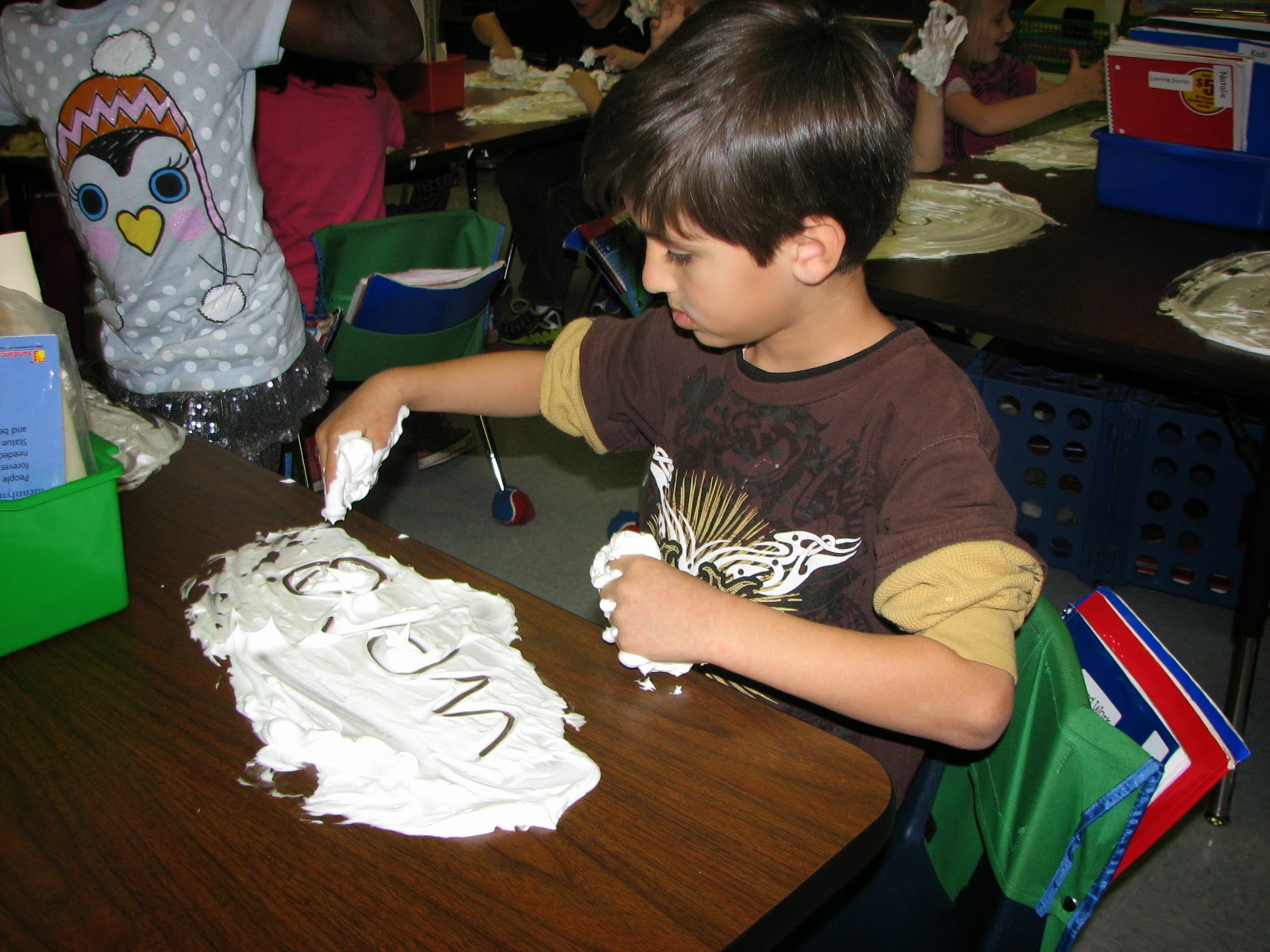Here is a short video that shows a mini-lesson after Writer's Workshop. I teach the strategy of underline and move on early in the year for spelling. This allows the students to be more independent during Writer's Workshop. But I wanted to show how students could use resources from around the room - charts and poetry folders - to help them as well.
This was just a quick review of a few skills using student work. It always makes me smile when I do a mini-lesson like this and over the next few days all the students are so eager to use those same skills. If you spiral lessons like this into your routine then your students will become more independent and resourceful with their spelling while they write.
A funny side note - I once had a spelling test turned in with a few words underlined. When I asked the student about it, he said that he wasn't sure about those words so he just underlined them and moved on. I love the transfer of strategies into other areas of learning! ;o)













